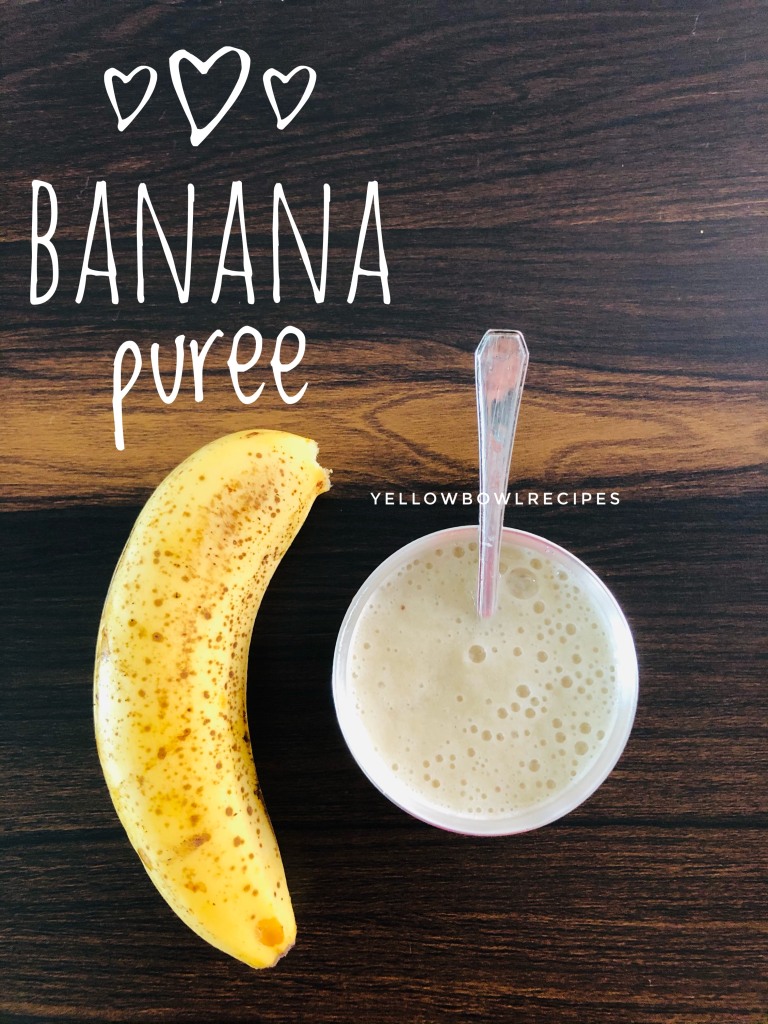
Hello Everyone
Bananas are rich in fibre, which helps keep babies feeling fuller for longer. Little tummies are still getting used to using their digestive system, which is why bananas are great as they are easy to digest.
Bananas are loaded with nutrients! They include potassium, calcium, magnesium, iron, folate, niacin, B6, manganese plus many more! Bananas contain vitamin A and this is beneficial for your child’s vision. Plus, the potassium in them helps grow strong bones.
Bananas are great fuel for you child’s brain – and they are help increase your little one’s concentration power too. Bananas are rich in iron, and this is essential for helping producing enough haemoglobin in the blood and the formation of red blood cells. Iron rich foods are a good way to help prevent your child from getting anaemia.
POINTS TO BE CONSIDERED IN INTRODUCING SOLIDS
- Till six months, baby is breastfed or formula fed. Whenever you start solid, you should start with breakfast or lunch.
- Introduce only one food at a time and allow the baby to become familiar with the food for 2-3 days before trying to give another for.
- If baby responds well and does not show any signs of allergy, then you can continue.
- Give very small amount of any new food at the beginning, for eg- 1 tsp. Use a thin consistency when starting solid foods.
HOW TO FEED
- Infants cannot eat large quantities of food in one sitting at a given time, so they should be fed small quantities.
- Make sure your baby are fed seated, not laying down. Help your baby to sit in your lap if he/she cannot sit properly. If he/she can sit, must have a high chair.
- Food should be of semi-solid for easy swallowing. Sometimes your baby tends to spit it out, this should not be mistaken as dislike for the food.
- You should give semi-solid food every day for physiological maturity of swallowing.
FOODS TO AVOID (6-12 MONTHS)
- SALT: Don’t use salt, as baby’s kidneys are still developing. Salt can harm them. baby contains required sodium from breastmilk/ formula milk and other solid foods.
- SUGAR: Don’t add sugar because it could encourage a sweet tooth and lead to tooth decay when the first teeth start to come through.
- HONEY: Honey can contain a type of bacteria which can produce toxins in the baby’s intestines and can cause infant botulism. Don’t give it till your baby is one year old, even for easing cold.
- WHOLE NUTS: They are unsuitable for your baby under the age of 5 years because the risk of chocking. Use powdered nuts.
- FOODS WITH CHOCKING RISK: Jelly, gummy candies, hard candies, chewing gums, whole green peas, whole beans like chana or rajma, cough drops, popcorn, peanut butter etc. Remember to cut fruits like grapes cherry tomatoes into quarters before serving, and shred or cut meats and cheese into very small pieces.
- Egg whites and cow’s milk.
LET’S PROCEED TO THE RECIPE
INGREDIENTS
Ripe banana: 1 (medium)
Water: 2 tablespoon
Breastmilk or formula milk: 2 teaspoon (optional)
METHOD
- First, clean and wash banana with water.
- Peel and chop in small pieces.
- Now add water, breastmilk or formula milk, and make a smooth paste with the help of a blender jar.
- Transfer to a bowl.
- Puree is ready to give.
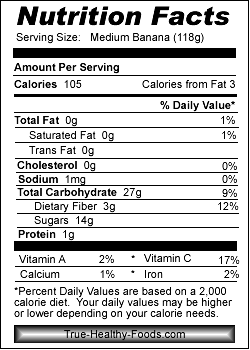
THANKS FOR YOUR TIME READING THIS ARTICLE. SHOW SOME LOVE BY LIKING, SHARING AND FOLLOWING MY BLOG. AND IF YOU THINK THIS ARTICLE CAN BE USEFUL FOR SOMEONE YOU KNOW, PLEASE FEEL FREE TO SHARE ON FACEBOOK, TWITTER, LINKEDIN OR ANYWHERE YOU WANT!
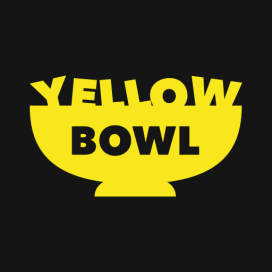
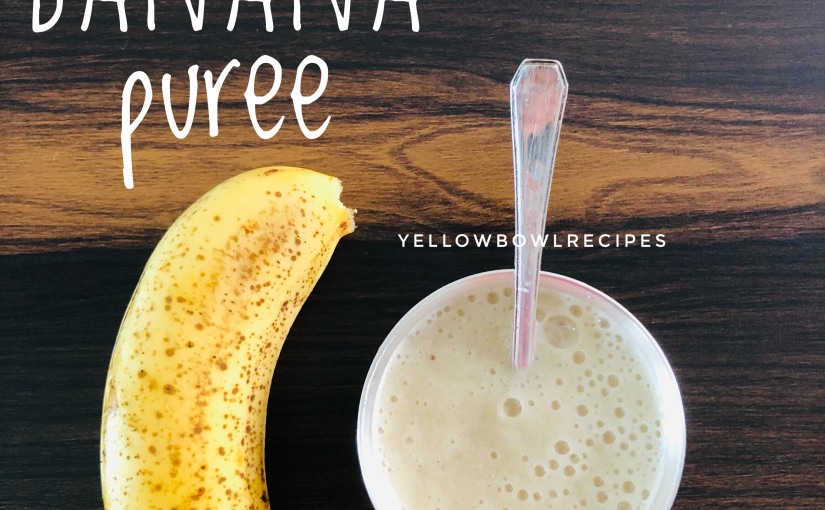
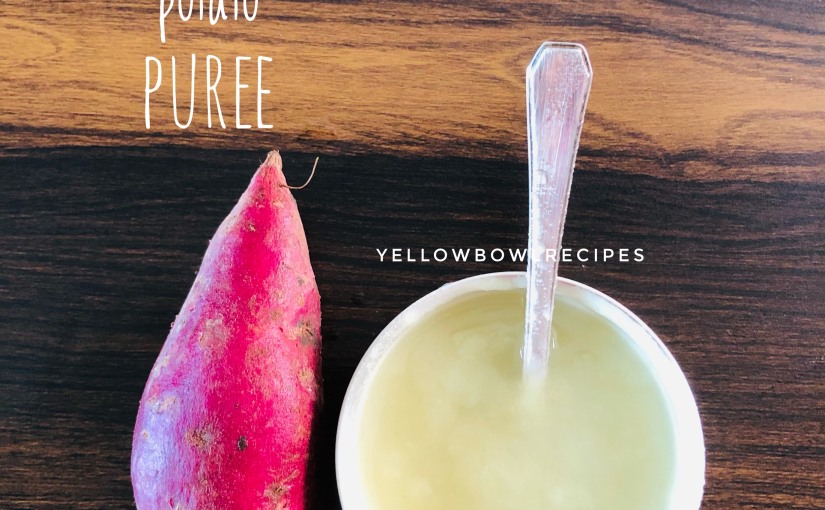
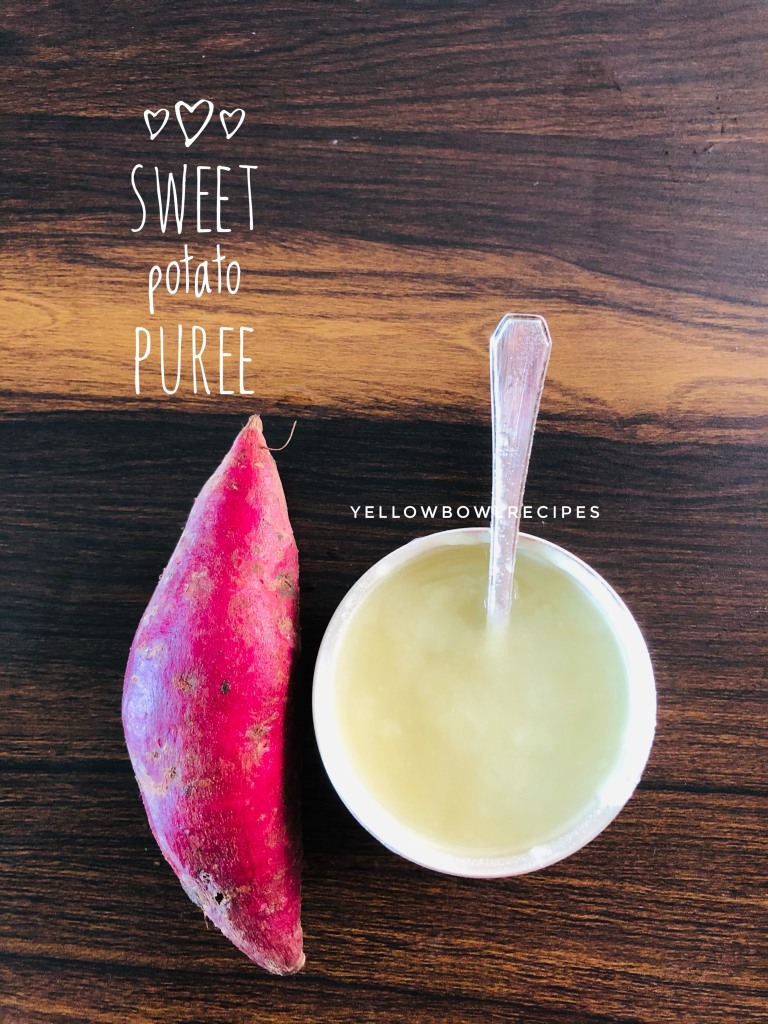

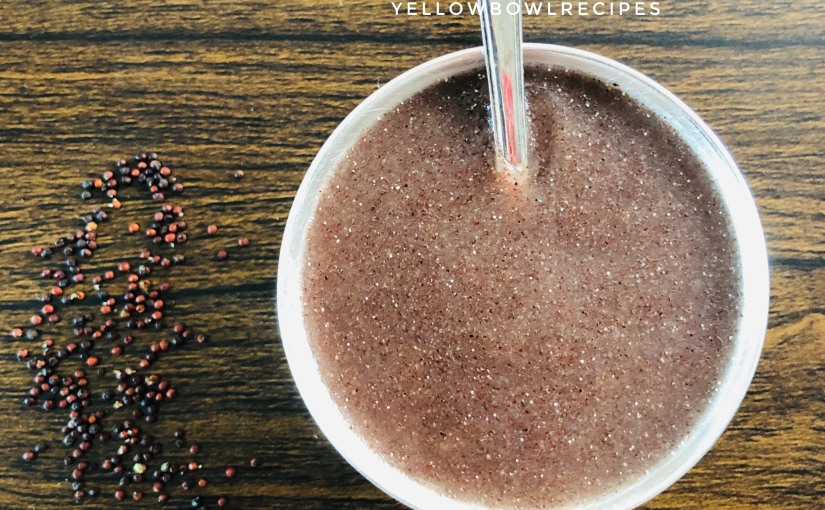
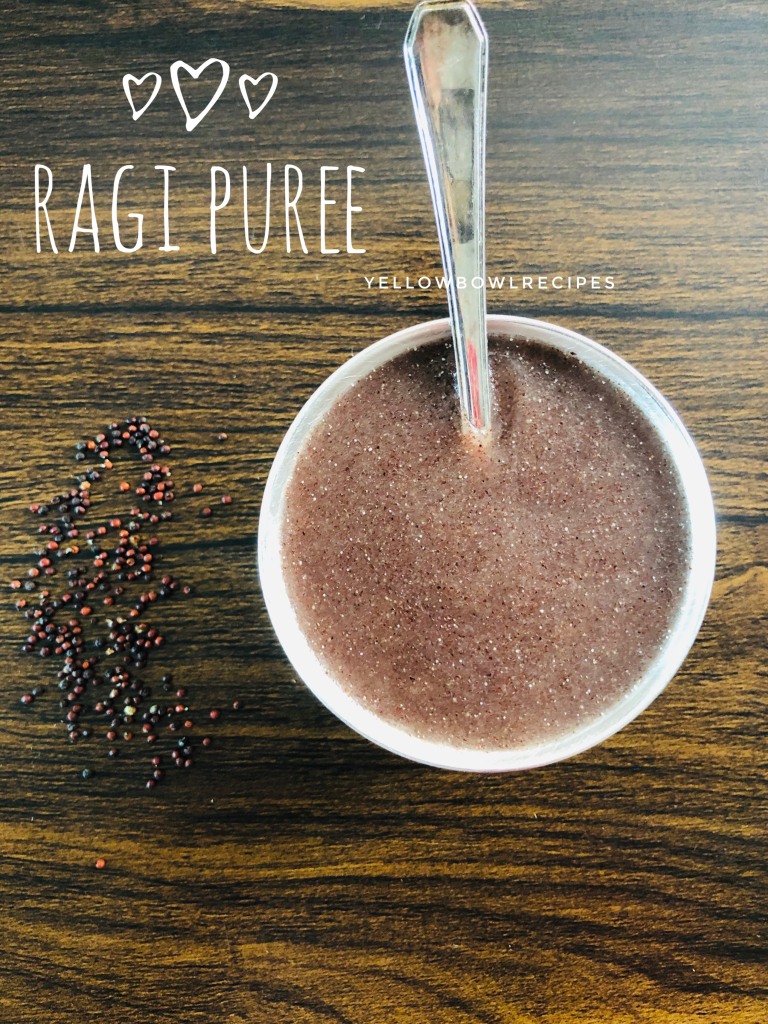
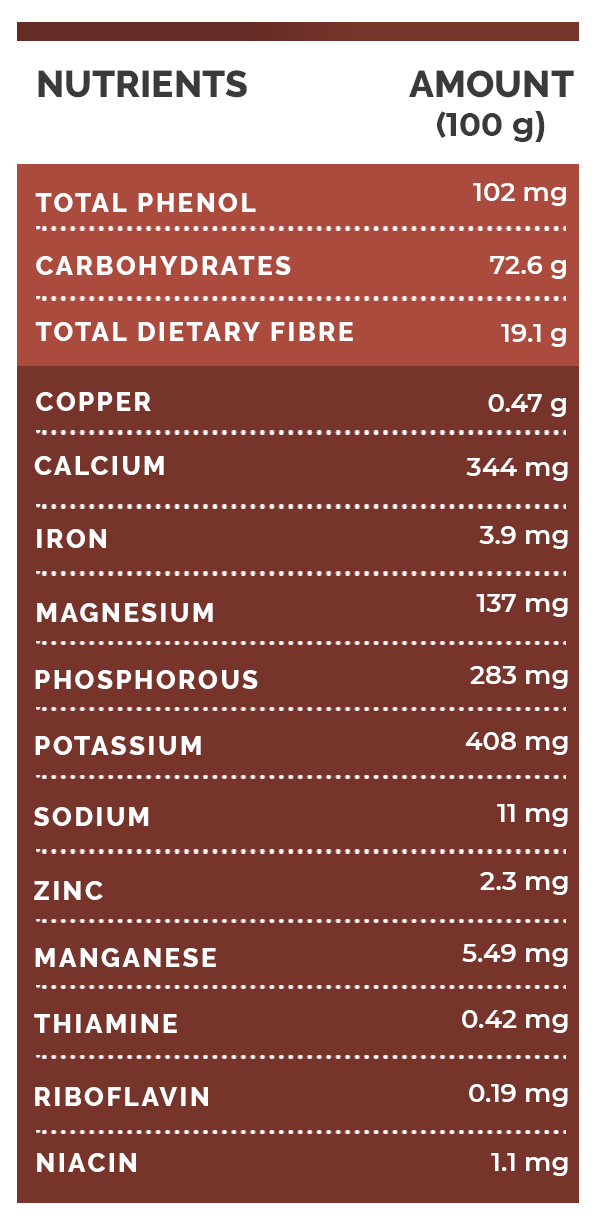
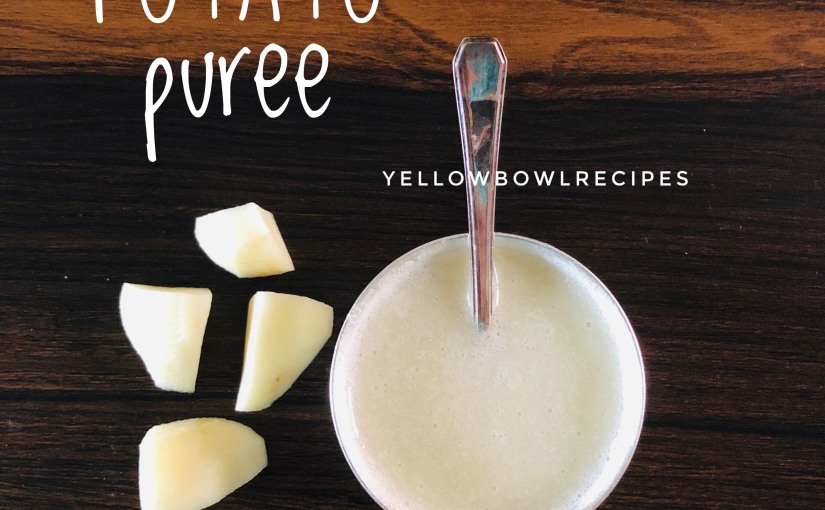
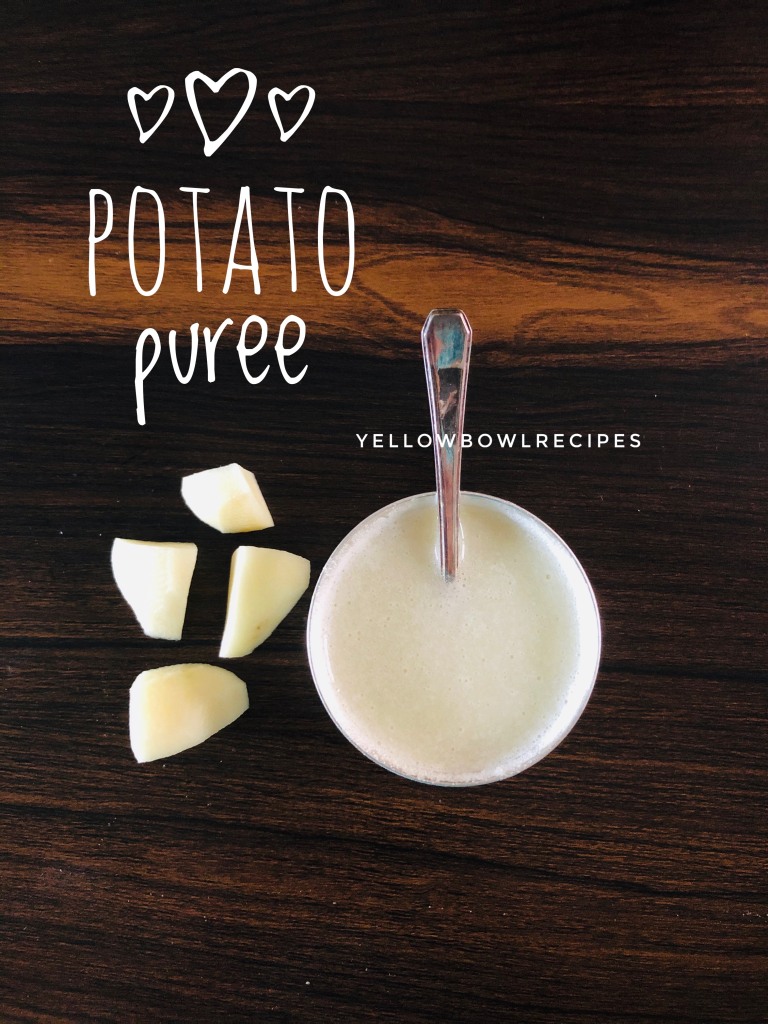

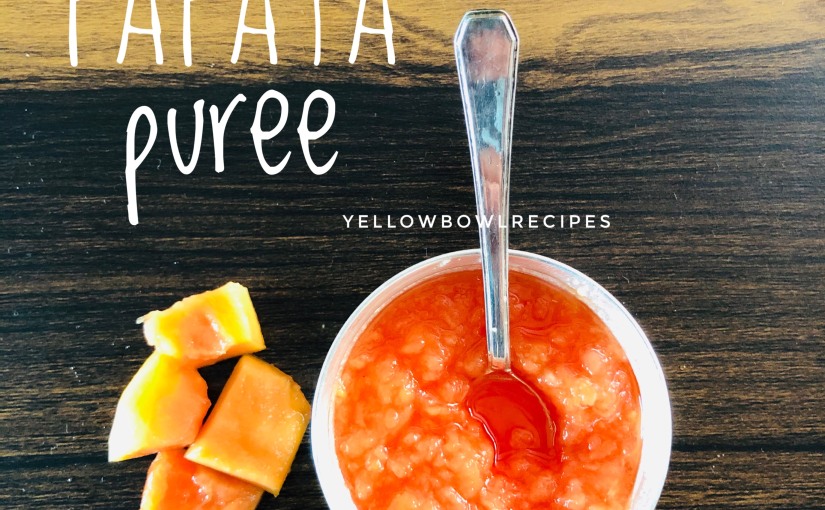
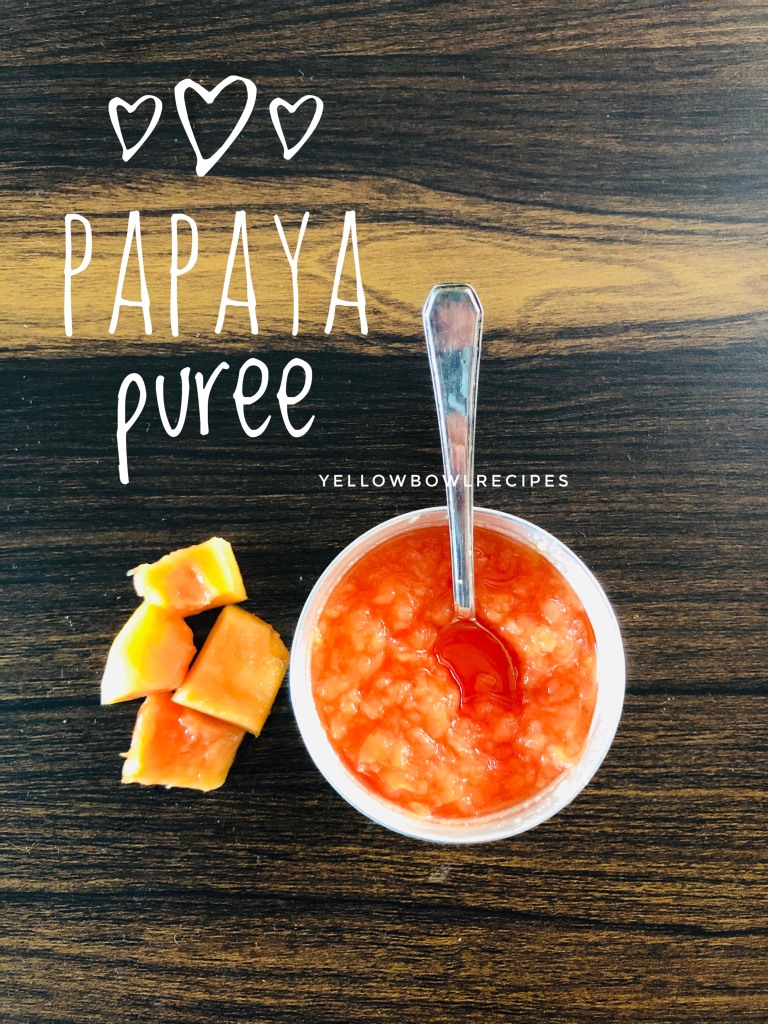

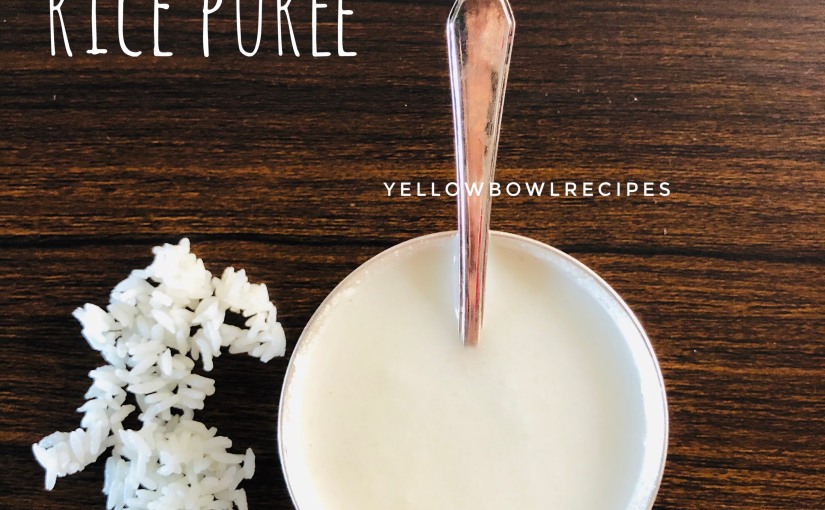
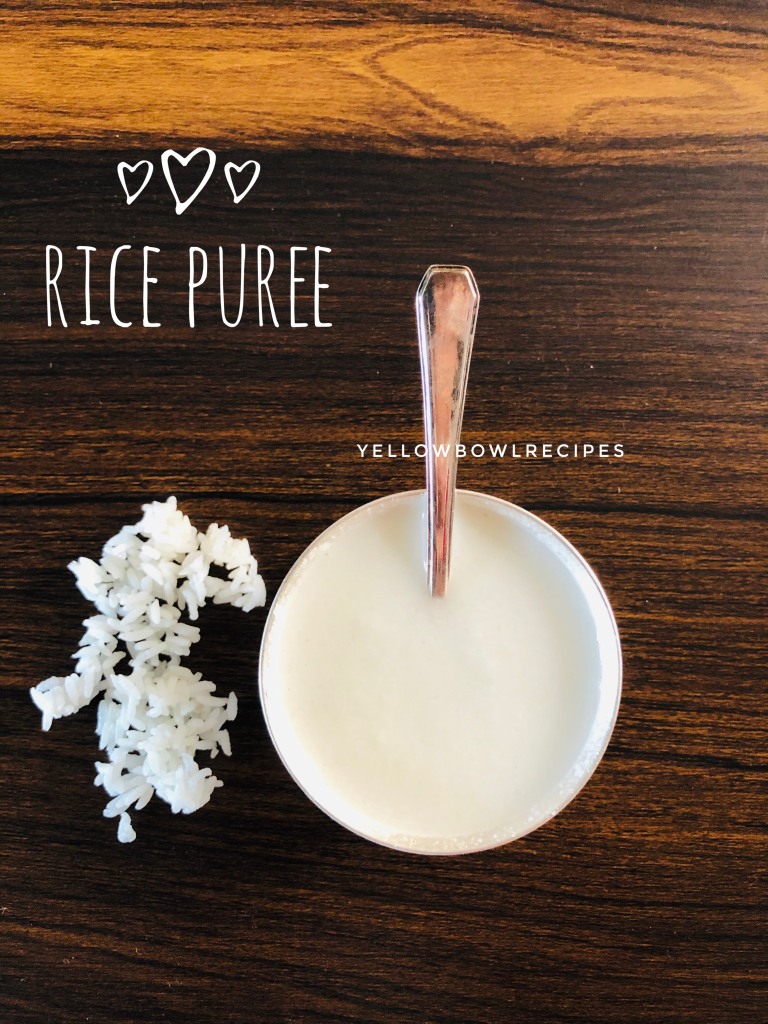
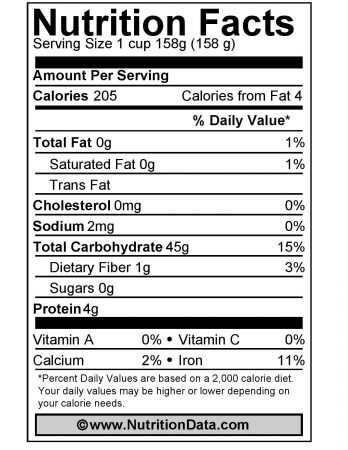
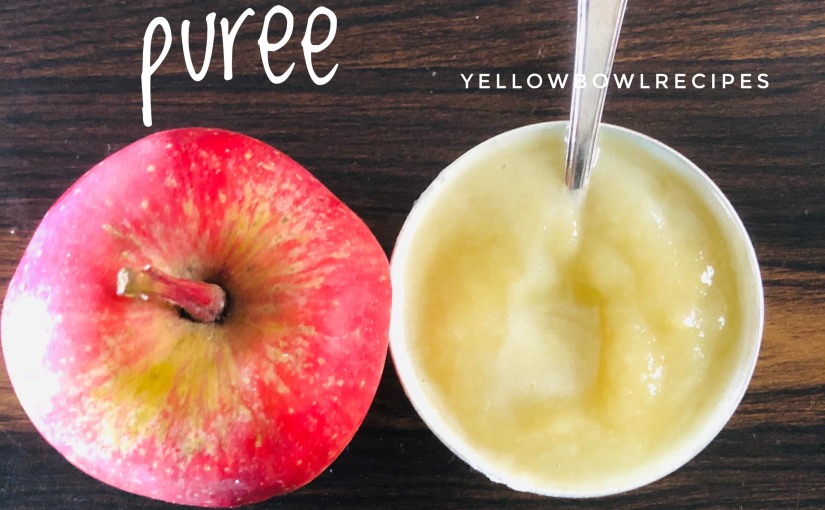
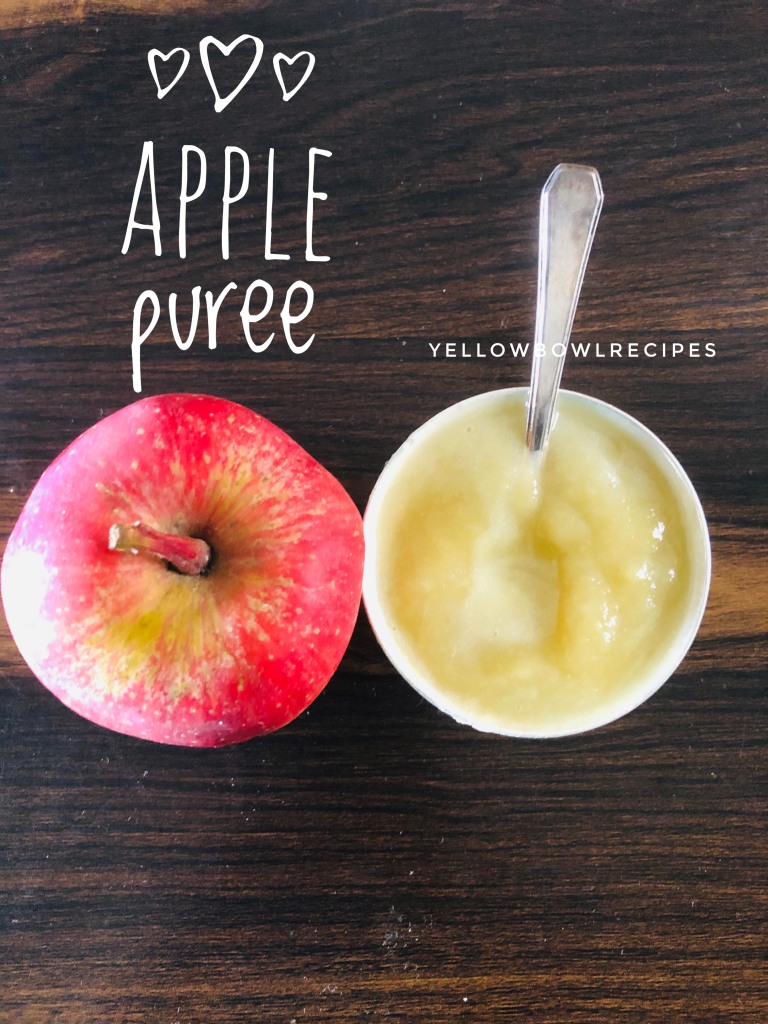
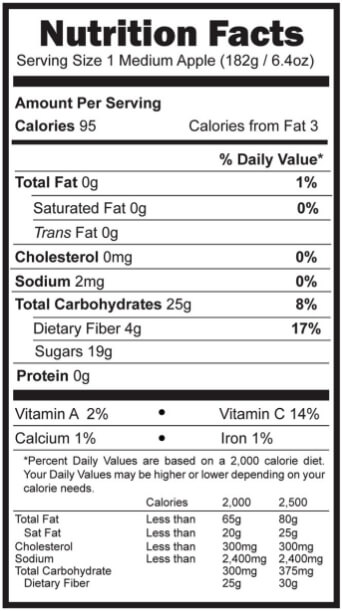
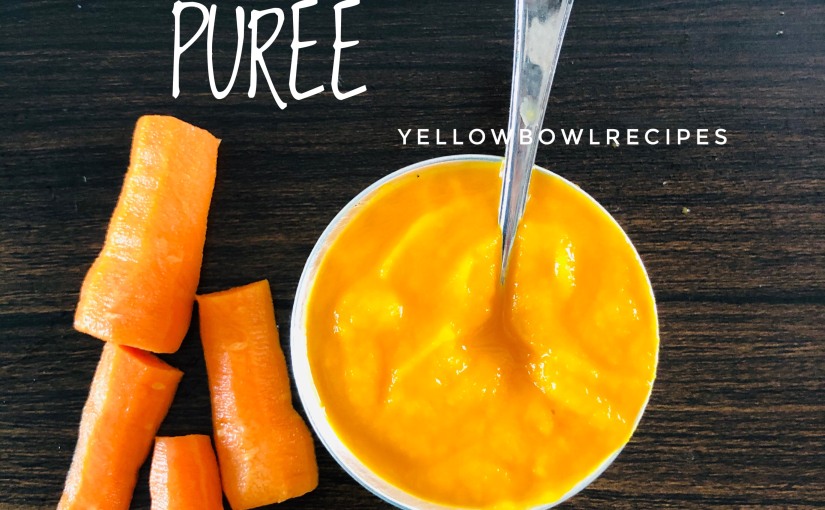
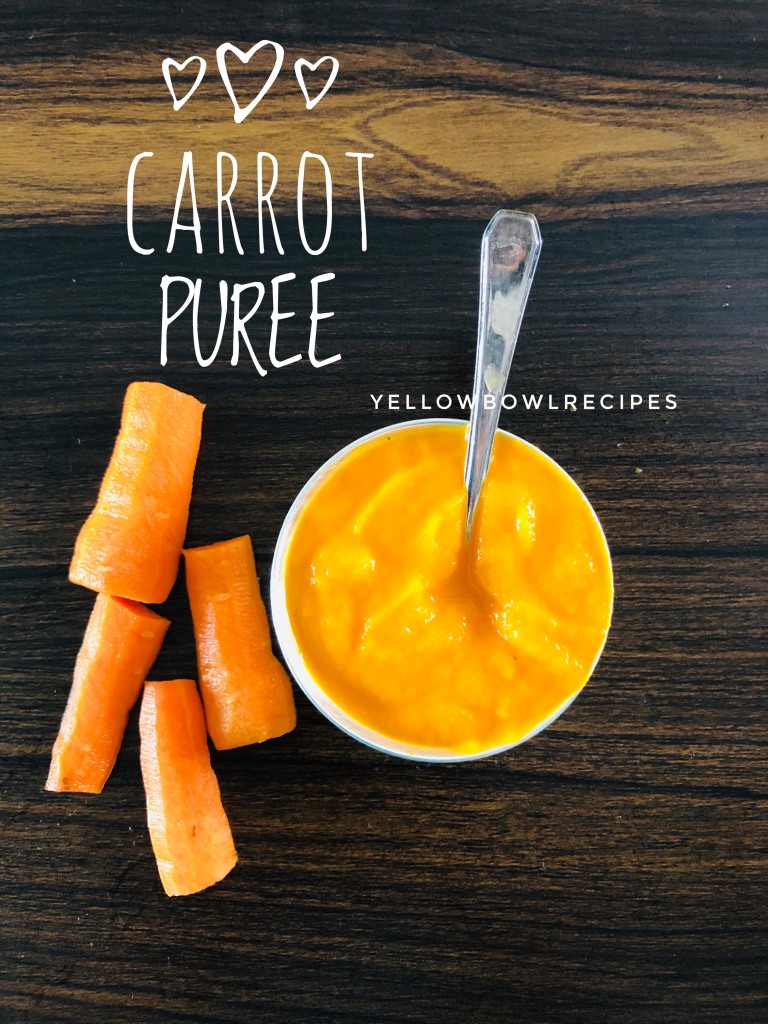

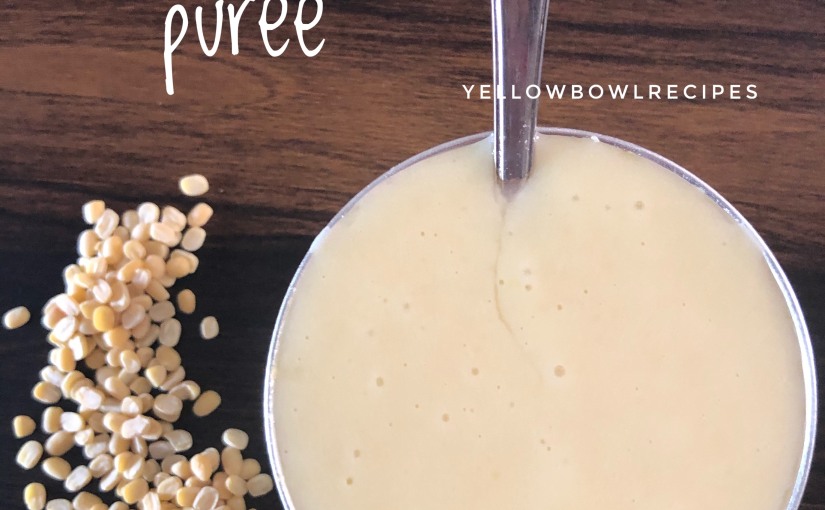
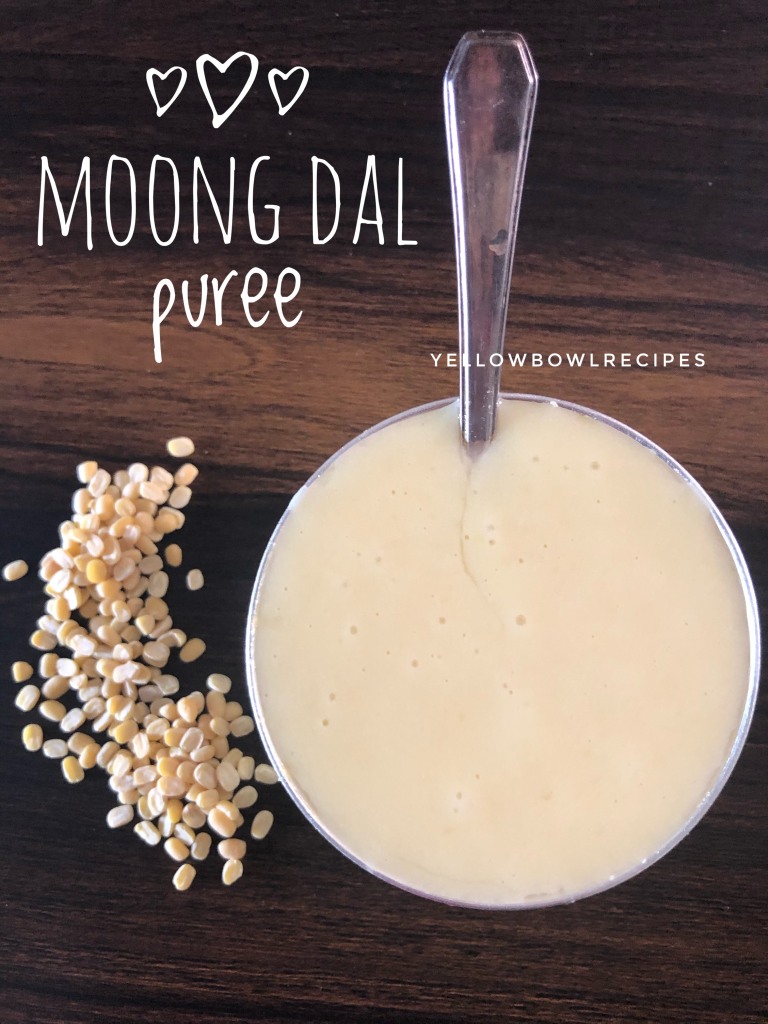
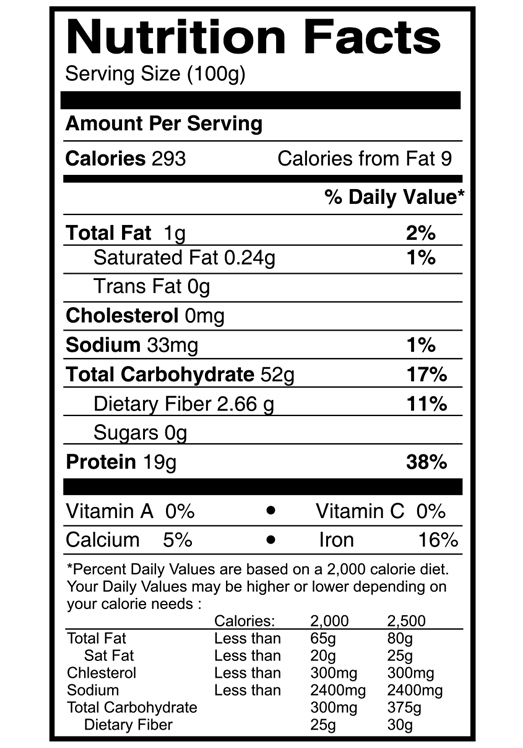
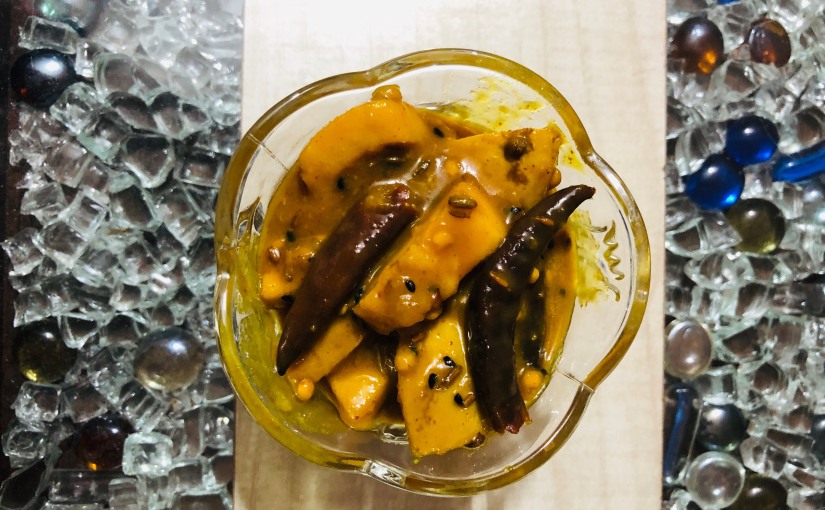
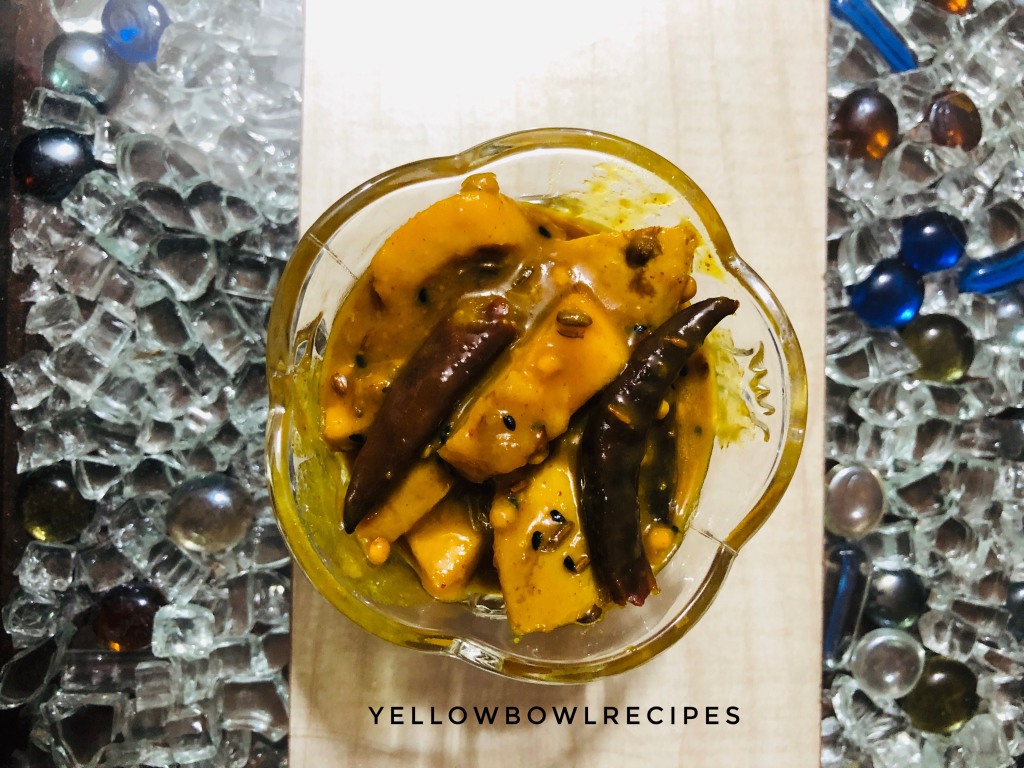
:max_bytes(150000):strip_icc():format(webp)/guava_annotated-1085716a264e420da311e61d0b9129e8.jpg)